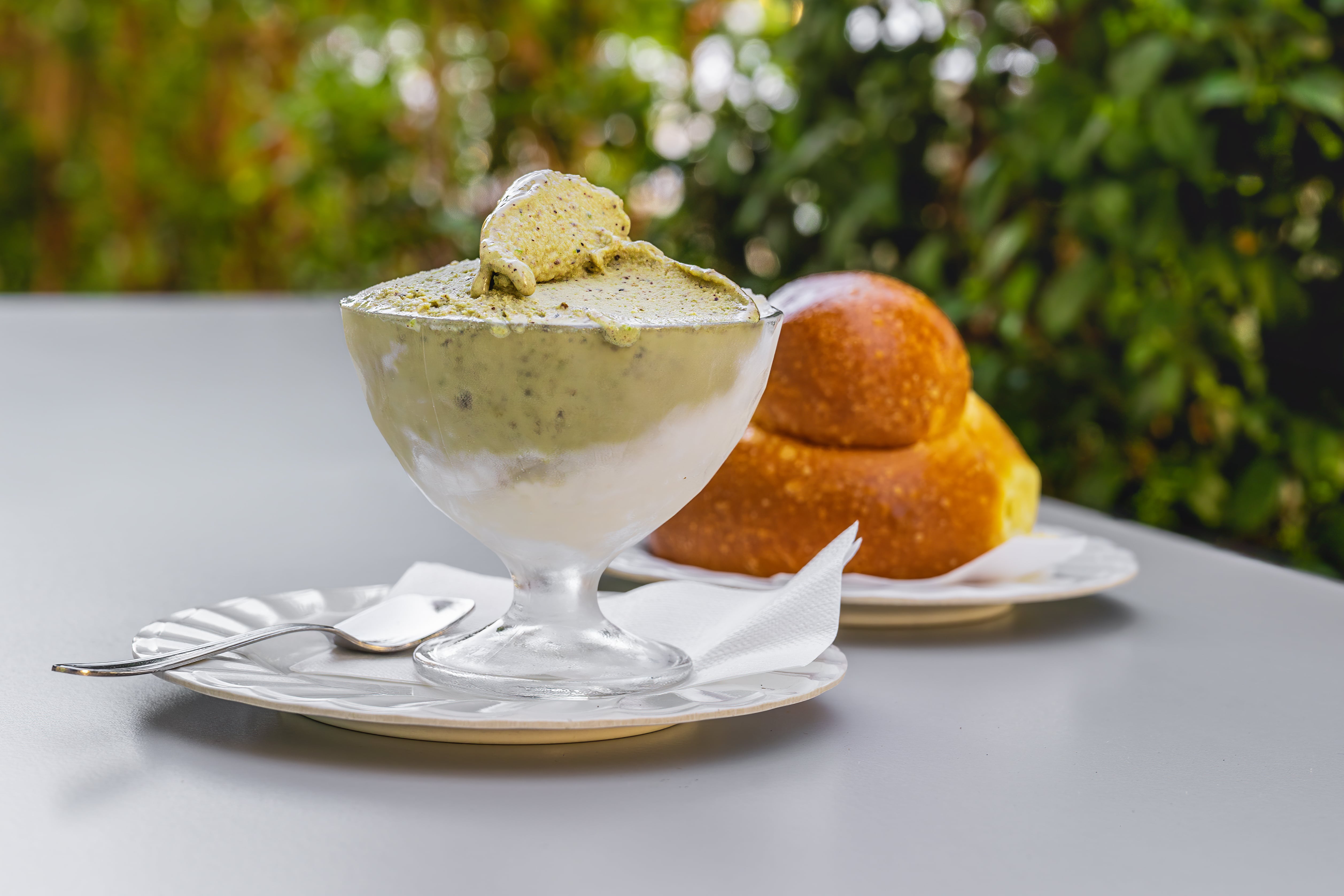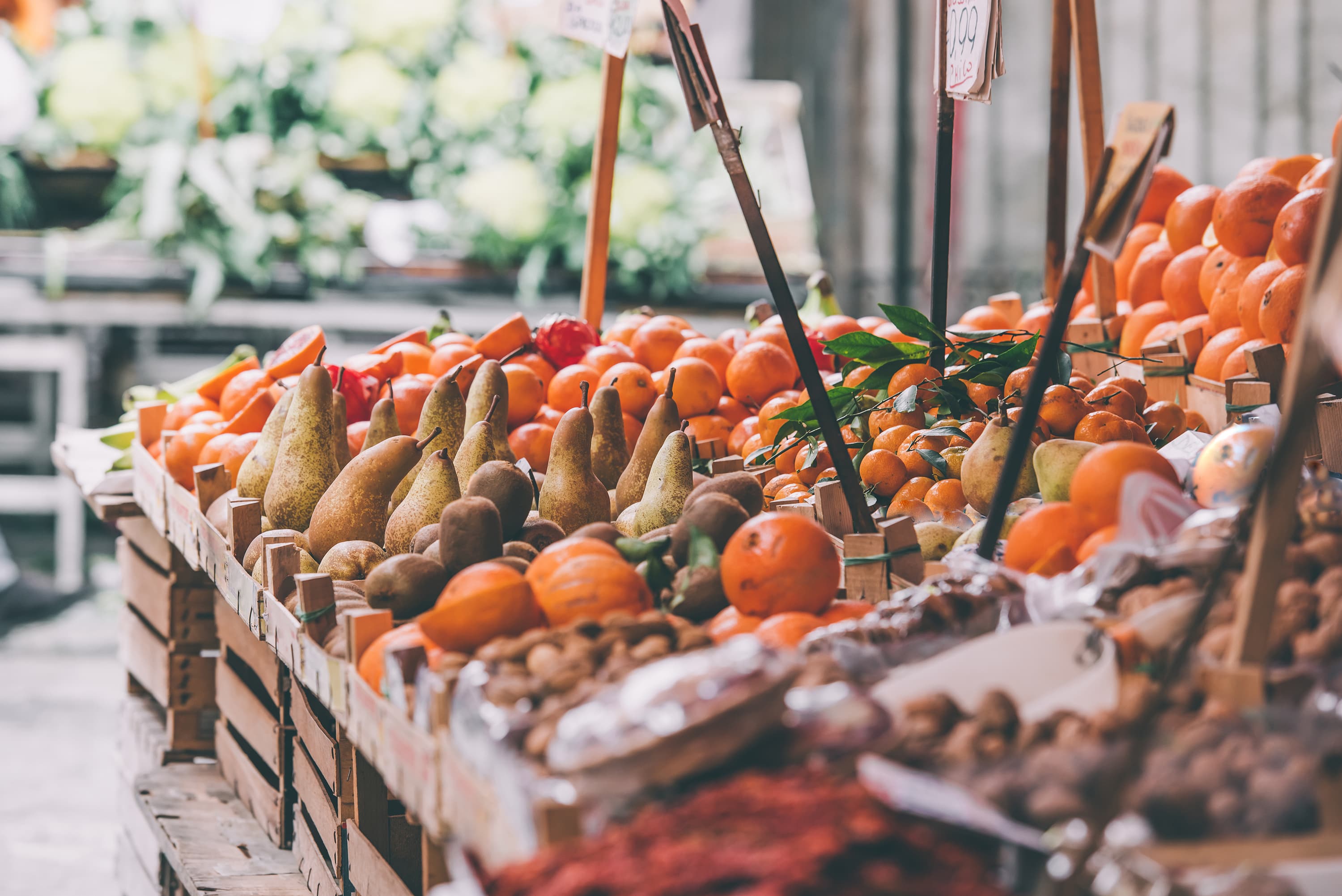"Sicilians build things like they will live forever and eat like they will die tomorrow." More than two thousand years later, this observation by Plato could not be more true.
One thing Plato could not have known, however, was just how dynamic and complicated this cuisine would become. While the island may have gotten its name from the indigenous Sicanians, Sicilian cuisine comes from an alchemy born of Greek, Roman, Arab, Norman and Spanish occupation, meaning it's full of surprises and nearly impossible to put your finger on. The one thing that does unify these influences is the island's wealth of ingredients, harvested for centuries from both land and sea. They make a trip to Sicily worth it for the food alone, not to mention the sparkling beaches, mountains, cathedrals and temples that also await. Here's how to taste your way through the spellbinding capital of Palermo, and eat like the Sicilians encountered by Plato so many years ago.
Stay at Villa Igiea:
Occupying a turn of the century waterfront palazzo, this opulent villa underwent a full restoration in 2019 and is the perfect basecamp from which to experience Sicilian cuisine. They've curated an entire menu of culinary experiences especially for their guests, and when you're not out exploring, you can taste some of the island's best at Florio, the hotel's restaurant. Set within an original Louis XVI hall built during La Belle Epoque, Florio serves a menu created by the chef Fulvio Pierangelini featuring fresh pastas and seafood complemented by unique Sicilian fruits, vegetables, cheeses and herbs.
Breakfast as the locals do:
When it comes to your first Sicilian meal of the day, there are only three words you need to learn: "Granita, per favore." This morning staple - a cousin of sorbet and Italian ice - is a semi-frozen blend of ice and sugar with flavorings like lemon, almond, coffee and mulberry; it's typically topped with whipped cream and served with a rich bun called brioscia on the side. Another hot weather breakfast item is brioche con gelato, which fully means you can have an ice cream sandwich for breakfast and no one will bat an eye.
Go on a food tour:
Many culinary tours of Palermo begin at one of its historic street markets. Ballaro is the oldest and largest, and there you'll experience the chaos of vendors' cries as they tout their colorful stock; depending on the season you'll see citrus, peaches, pistachios, almonds, eggplants, tomatoes, artichokes, prawns, fish and so much more. Capo, another ancient market, has more of an Arab influence, and wandering its labyrinthine corridors will make you feel as though you've stepped into a Moroccan souk. On the tour you'll also be introduced to some of Sicily's most cherished street foods, including panelle (chickpea flour fritters), arancini (stuffed and fried rice balls) and - for the truly adventurous - a spleen sandwich called pane con la milza (pani c? m?usa in the local dialect), which originated centuries before with the island's once-large Jewish population.
Would you like to take a tour of the advisor-view of the Internova website?



